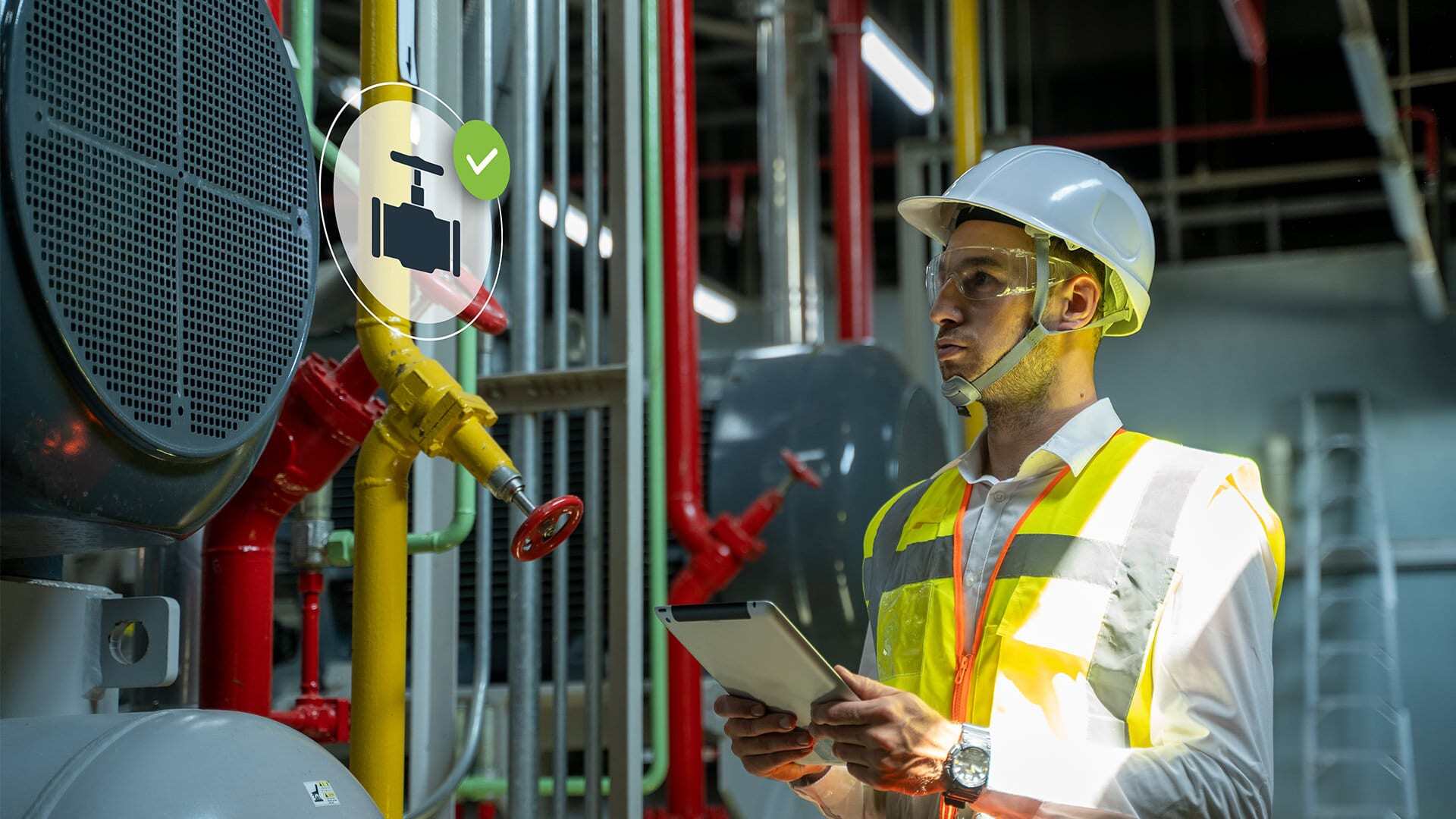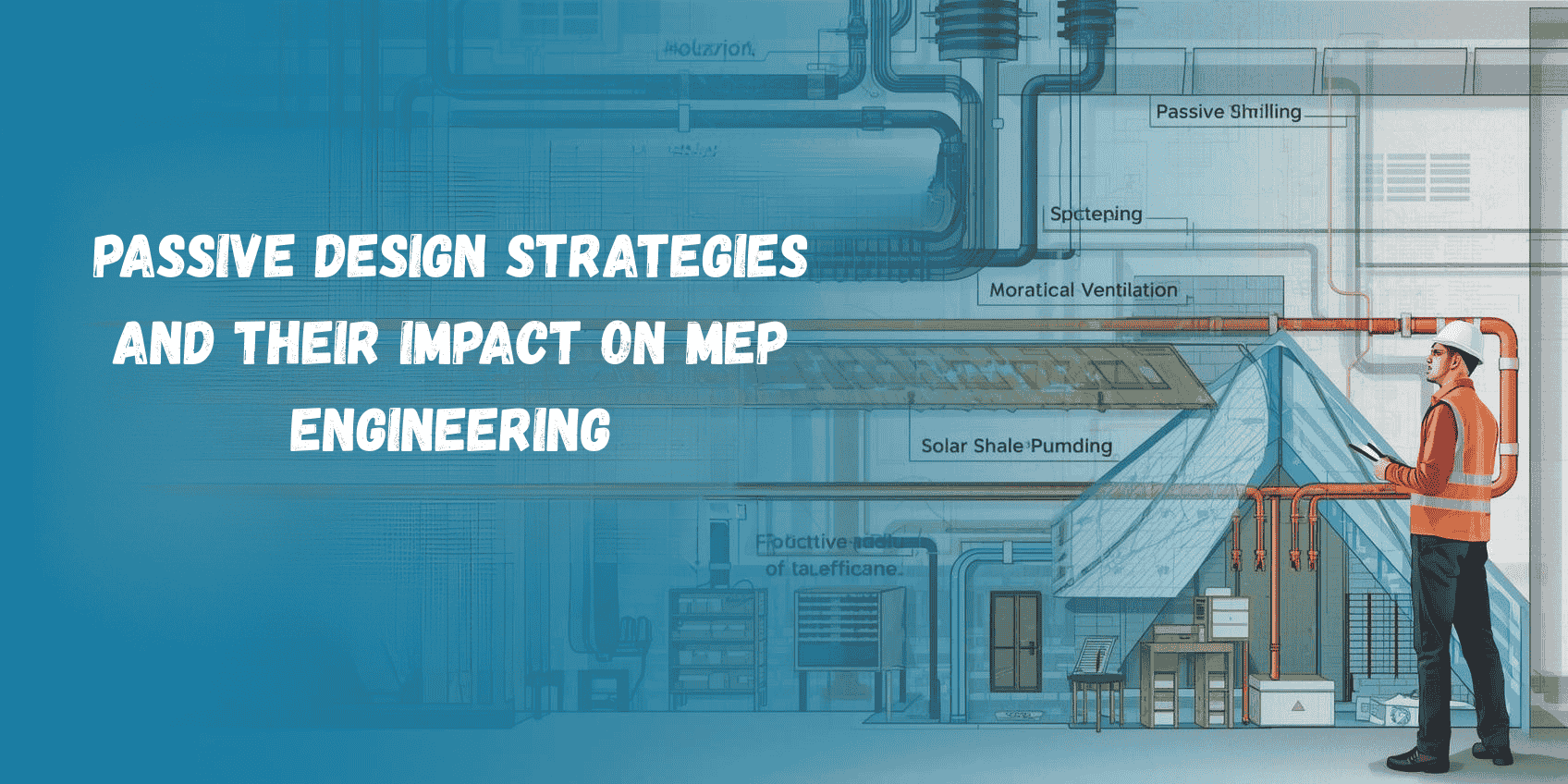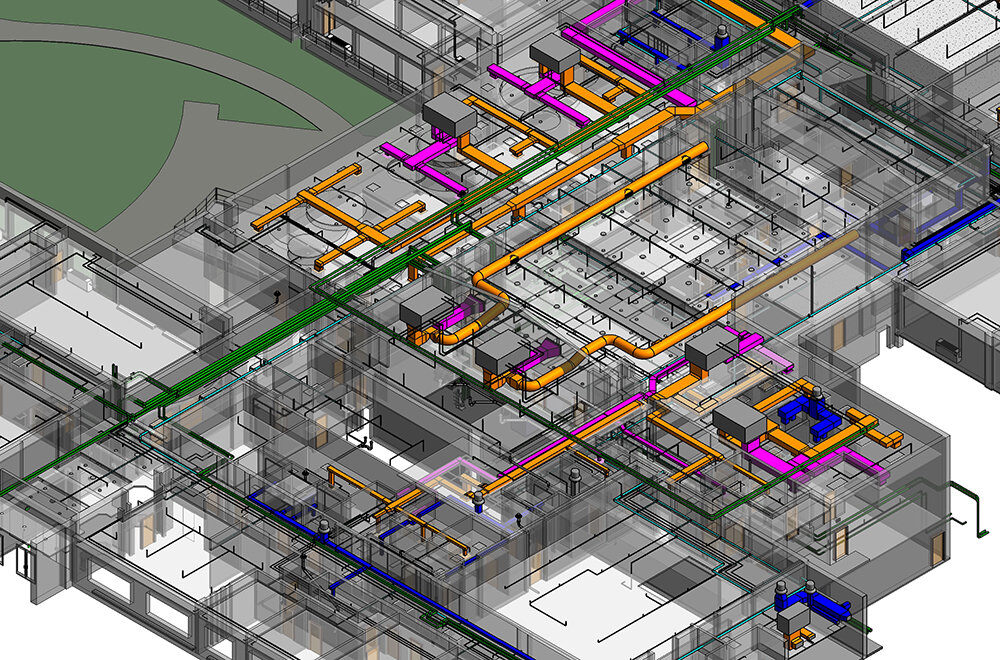
The construction industry is undergoing a sustainability revolution, and at the centre of this green movement are net-zero buildings. These innovative structures are designed to produce as much energy as they consume annually, and they are changing the way we think about design, engineering, and environmental responsibility. But here is the big question: What is a net-zero building, and what makes it tick?
At the heart of it all lies the unsung hero of modern construction, MEP engineering. Whether dealing with air conditioning systems, lighting, plumbing, or energy-efficient technology, MEP systems are the glue that holds these eco-friendly structures together. In this blog, we will explore how the MEP industry is revolutionising sustainable design, its strategies, and what the future holds for those working in MEP jobs and MEP infrastructure.
What Are Net-Zero MEP Buildings and Why Do They Matter?
Net-zero buildings are not just architectural statements; they are living, breathing systems designed to consume only as much energy as they generate. And when MEP engineering principles are applied to these buildings, they become even more efficient, comfortable, and sustainable. These buildings matter because they help reduce greenhouse gas emissions, lower utility costs, and lead the charge towards a greener built environment, all while showcasing the true potential of innovative MEP infrastructure.
-
Combine energy efficiency with on-site or off-site renewable energy generation.
-
Rely on optimised MEP systems for heating, ventilation, cooling, lighting, and plumbing.
-
Smart design through BIM MEP services can be used to minimise energy waste.
-
Require collaborative planning between architects, engineers, and MEP construction management teams.
-
Often, pursue a net-zero building certification to validate performance standards.
-
Help reduce operational carbon emissions from buildings, one of the most significant global contributors.
-
Provide long-term cost savings and environmental benefits for owners and occupants.
How Do MEP Systems Contribute to Net Zero Goals?

To truly deliver net-zero buildings, engineers must design and implement highly efficient MEP systems that minimise energy consumption while maintaining top-tier performance. These systems manage everything from heating and cooling to lighting and water, making them central to a building’s environmental footprint.
-
HVAC systems designed through advanced MEP engineering reduce energy used for heating and cooling.
-
Efficient lighting systems with occupancy sensors lower electricity consumption.
-
Innovative plumbing features reduce water heating loads and overall energy use.
-
Revit MEP allows engineers to simulate and analyse system performance before construction.
-
Coordinated planning through MEP BIM modelling eliminates clashes and maximises efficiency.
-
Integration of renewable energy sources is easier with well-structured MEP systems.
-
Intelligent MEP infrastructure supports energy monitoring and real-time system optimisation.
-
Effective MEP works in construction ensure that energy-efficient designs are correctly implemented on site.
What Strategies Help Achieve Net Zero in MEP Design?
Achieving net-zero status is no easy task, but it is more than possible with the right MEP engineering strategies. Here are some top approaches used by professionals in MEP construction management:
1. Passive Design Integration
Reducing energy demand from the start is key. That means aligning building orientation, window placement, and insulation with environmental conditions. This helps lower the load on MEP systems before any active systems are even switched on.
2. High-Efficiency Equipment
Modern MEP infrastructure includes ultra-efficient HVAC systems, heat pumps, and energy recovery ventilators. These devices consume less energy while delivering superior performance.
3. Renewable Energy Sources
To truly become net zero, a building must also generate energy. Rooftop solar panels, geothermal systems, and wind turbines are all incorporated into the MEP design to balance energy use.
4. Smart Building Automation
Intelligent control systems monitor occupancy, temperature, and lighting conditions in real-time. They automatically adjust MEP systems for peak performance without wasting energy.
5. Digital Modelling Tools
Engineers use MEP software like Revit MEP for advanced simulations, clash detection, and coordination. This ensures that the building systems are well integrated, cost-effective, and energy-efficient.
What Are the Key Benefits of Net Zero MEP Buildings?
Embracing net-zero buildings with well-designed MEP systems is not just about saving the planet—it also makes smart business sense. These buildings offer numerous advantages, from lower running costs to healthier indoor environments. Thanks to efficient MEP engineering and powerful tools like Revit MEP software, occupants, owners, and the environment all benefit from a building that performs at its best every single day.
-
Significant reduction in energy bills due to optimised MEP infrastructure.
-
Enhanced indoor air quality and thermal comfort through advanced MEP design.
-
Increased asset value and marketability with official net-zero building certification.
-
Long-term savings and return on investment due to low operational costs.
-
Improved building performance tracked via digital MEP systems and sensors.
-
Greater compliance with green regulations and incentives for sustainable development.
-
A strong reputation boost for developers and businesses in the MEP industry.
-
More career opportunities in specialised MEP jobs focused on sustainability.
What Challenges Do Engineers Face in Designing Net-Zero MEP Buildings?
Coordinating with multiple stakeholders, working within tight budgets, and ensuring seamless MEP construction management requires not just skill, but a bit of creative problem-solving and cutting-edge tech.
-
High upfront costs for energy-efficient technologies and MEP infrastructure.
-
Difficulty integrating renewable systems within existing MEP design parameters.
-
Limited availability of specialists trained in BIM MEP services and sustainable solutions.
-
Inconsistent regulations and evolving standards around net-zero building certification.
-
Challenges in coordinating complex MEP works in construction with other disciplines.
-
Variations between design simulations and real-world performance of MEP systems.
-
Dependence on accurate modelling through tools like Revit MEP and MEP software.
-
Pressure to meet tight deadlines while ensuring energy performance targets are achieved.
How Is Technology Shaping the Future of Net-Zero MEP Projects?
Technology is revolutionising the way net-zero buildings are designed, constructed, and operated, especially in the realm of MEP engineering. Cutting-edge digital tools like Revit MEP software and advanced BIM software enable engineers to plan, simulate, and optimise MEP systems with incredible precision.
-
MEP BIM modelling facilitates collaboration across disciplines, reducing errors and rework during construction.
-
Integrating IoT sensors and smart controls helps monitor and optimise MEP infrastructure in real time.
-
Artificial intelligence and machine learning enable predictive maintenance and energy management.
-
Digital twins allow the simulation of building performance under various scenarios before physical construction.
-
Cloud-based platforms improve project management and remote collaboration in MEP construction management.
-
Automation tools speed up design iterations and help meet stricter net-zero building certification requirements.
-
Technology drives innovation, creating new career paths and growth opportunities in the MEP industry.
Conclusion
So, there you have it, net-zero buildings are not just a trend; they are the future. And leading this green wave is none other than MEP engineering. From smart MEP systems to cutting-edge BIM MEP services, the transformation happening within the MEP industry is nothing short of revolutionary.
Whether you are an engineer, a student looking into MEP jobs, or a sustainability enthusiast, there is a lot to be excited about. With tools like Revit MEP software, advanced MEP design, and the growth of MEP infrastructure, we are not just building structures; we are building a better, greener planet.
We suggest that you explore the BIM Professional Course for MEP Engineers by Novatr. And visit our Resources Page to learn about the latest industry developments.
Was this content helpful to you



.jpeg)



